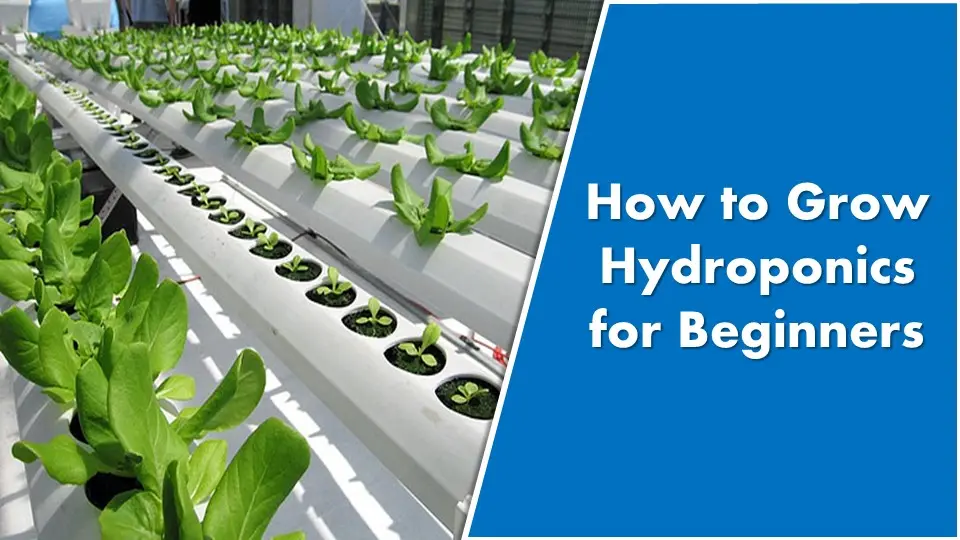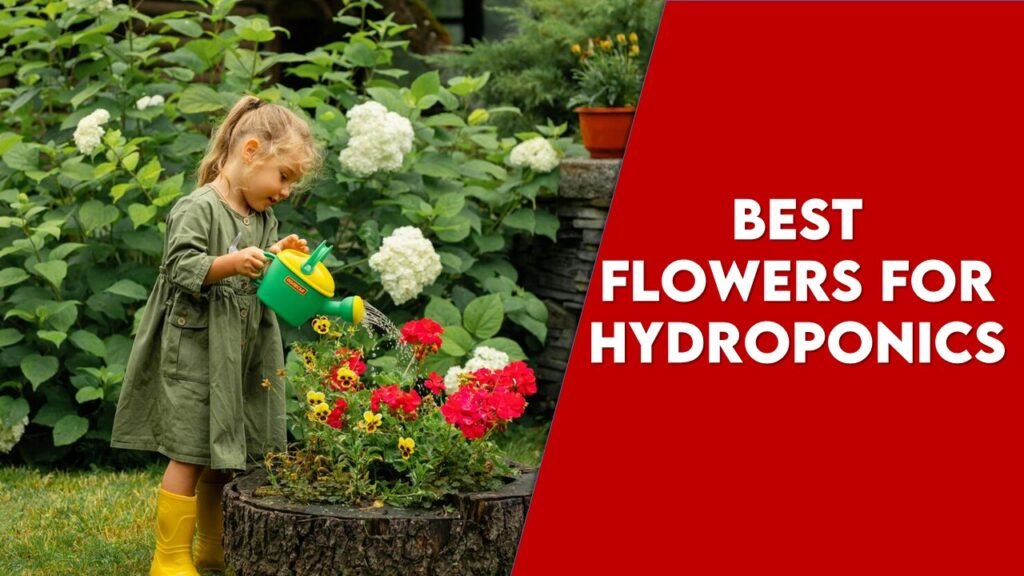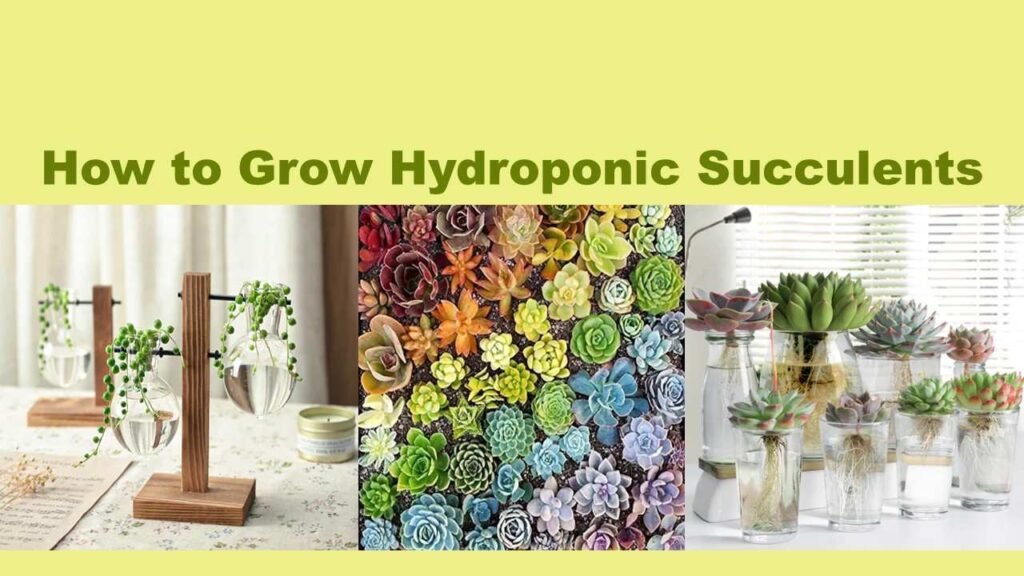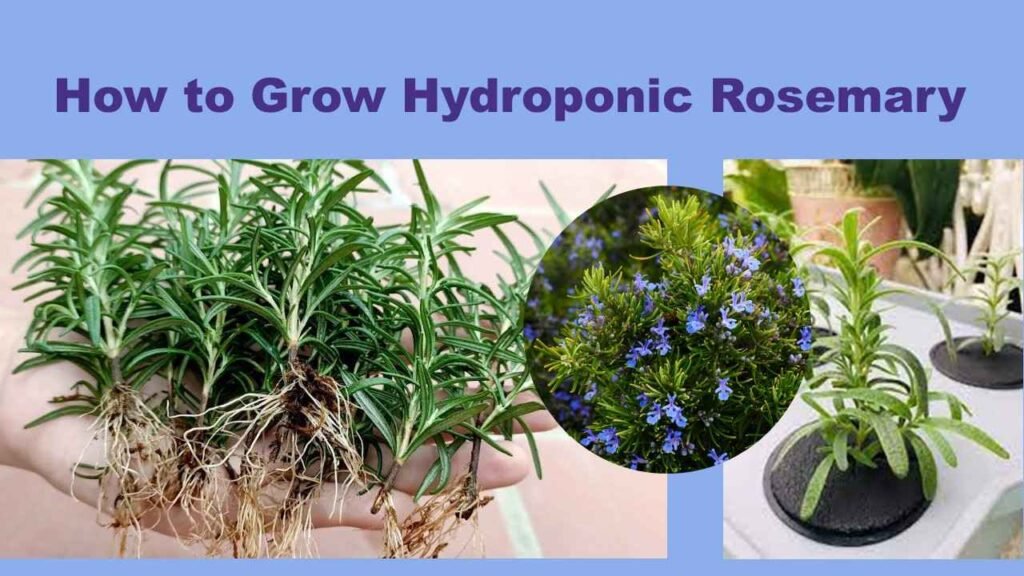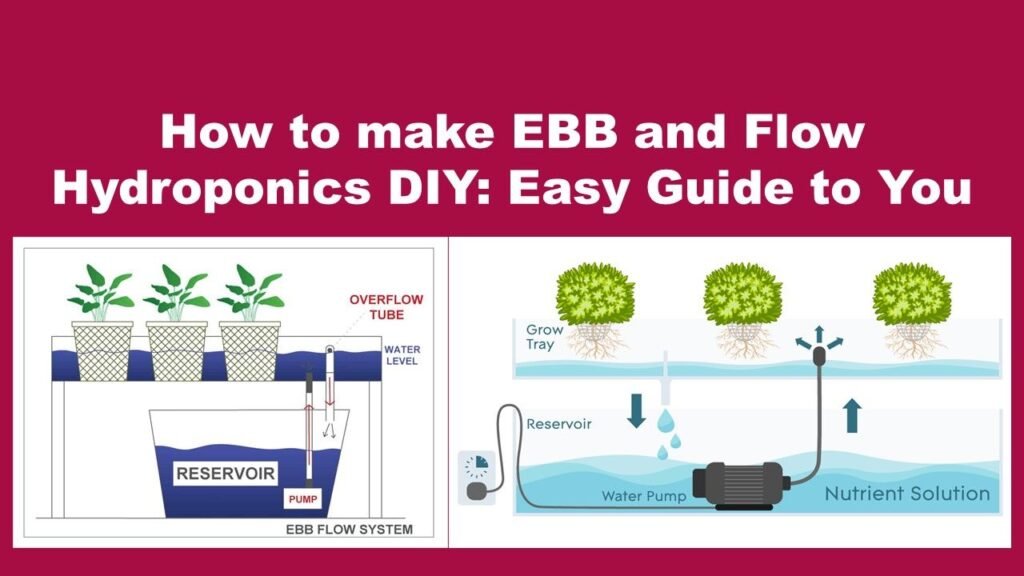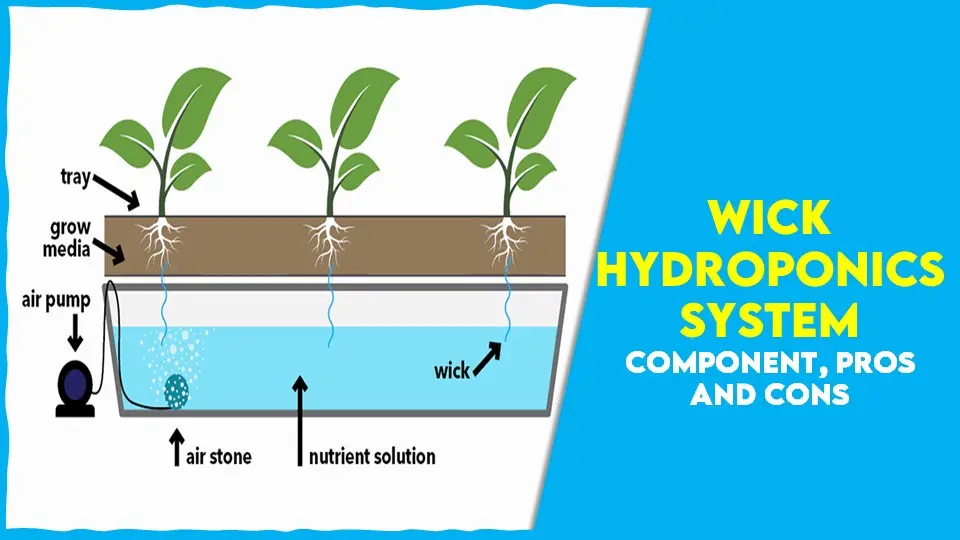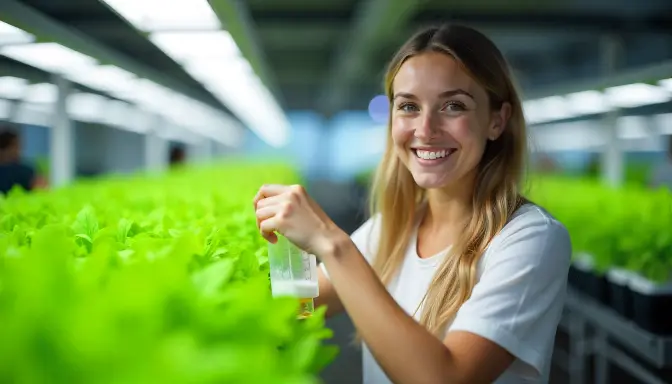How to Grow Hydroponics for Beginners: Blueprint For Success
Hydroponics is a classic new technique of farming becoming more popular or we can say becoming trending among the new farmers in the country. This new technique of farming is different, having technical aspects of irrigation, fertilization, manuring, nutrition etc. which are better than those in traditional farming. If one can furnish his skills in hydroponics this will provide great economical benefits as well as much more yield and good quality produce. Let’s discuss “How to Grow Hydroponics for Beginners” in an easy way by combining all the aspects that can be in front while opting hydroponics.
Understanding the Basics of Hydroponics:
Hydroponics is a method of growing plants without soil, using nutrient solution which contain all those substances that are needed by the plants for its growth. As we remove soil for growing plants from where these plants take up all the valuable needs which are required for the growth so nutrient solution is the thing which serves all those things.
In a hydroponic system, plants are typically supported by an inert medium such as perlite, rock wool, or coconut coir, which provides structural support while the roots are submerged in or misted with a nutrient solution. By eliminating soil we also exclude some of the major problems which are soil borne just like some soil pathogens and bad bacterial and fungal pathogens and pests. This hydroponic system is used for both commercial agriculture as for business and also be used for home gardening and vegetable production. By understanding hydroponics it is easy to learn “How to Grow Hydroponics for Beginners”.
Indoor and Outdoor Hydroponics:
By understanding the major components of indoor and outdoor hydroponic system it becomes easy to learn “How to Grow Hydroponics for Beginners” and helps in opting the best according to the conditions.
Indoor Hydroponics
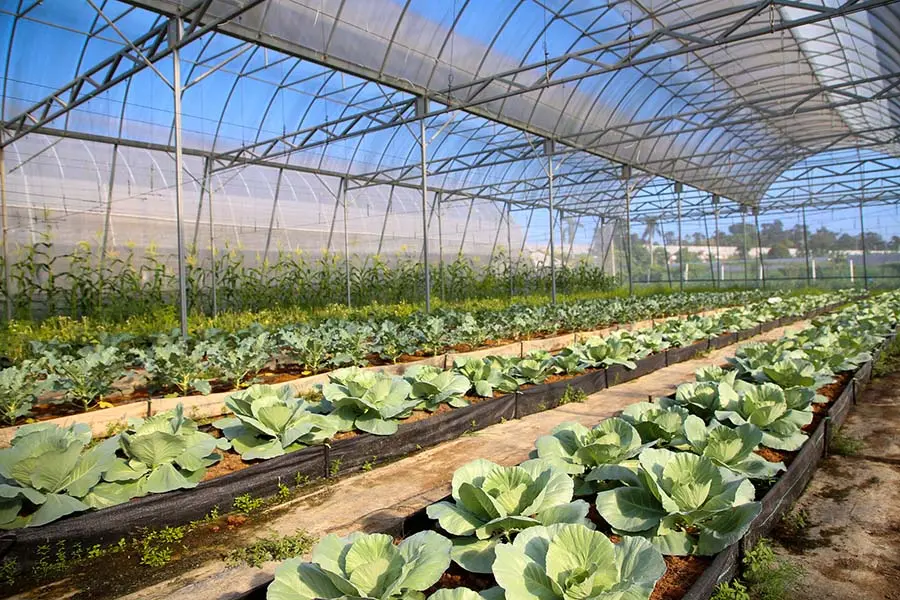
image source: BTL liners
Advantages:
- Climate Control:
- You can control temperature, humidity, and light, creating an optimal environment for plant growth year-round.
- Pest and Disease Management:
- Indoor systems are less exposed to pests and diseases, reducing the need for pesticides and other interventions.
- Space Utilization:
- Ideal for urban settings where outdoor space is limited.
- Stable Environment:
- Consistent conditions lead to more predictable and often faster growth cycles.
- Water Efficiency:
- Typically more controlled, reducing water waste.
Challenges:
- Cost:
- Initial setup can be expensive due to the need for artificial lighting, climate control equipment, and ventilation systems.
- Energy Consumption:
- Higher energy usage for lighting, heating, cooling, and ventilation.
- Space Limitations:
- Space constraints can limit the types and quantities of plants you can grow.
Outdoor Hydroponics
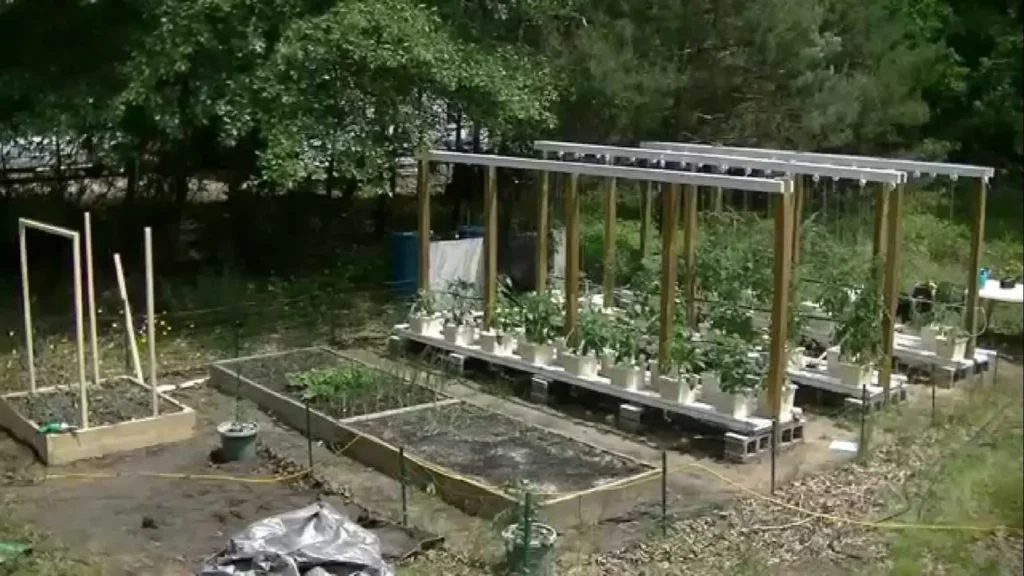
image source: indiamart
Advantages:
- Natural Light:
- Plants benefit from natural sunlight, which is more efficient and less costly than artificial lighting.
- Cost Efficiency:
- Lower setup and operating costs due to reduced need for lighting and climate control equipment.
- Space Availability:
- Often more space is available for larger-scale systems, allowing for the growth of a greater variety of plants.
- Seasonal Growth:
- Some plants benefit from seasonal variations, which can enhance growth and yield for specific crops.
Challenges:
- Climate Dependence:
- Weather conditions can affect plant growth.
- Water Quality:
- Rainwater can dilute the nutrient solution, affecting nutrient balance.
- Maintenance:
- Outdoor systems may require more frequent adjustments and monitoring to maintain optimal conditions.
How to Grow Hydroponics for Beginners:
For outdoor hydroponics it is most important to select a location which considers some important factors like water supply, enough space, sunlight availability, strong winds etc.. These factors if not thought properly before establishment then it may cause future problems for plants as well as for the whole system.
Step by Step Guide of Hydroponic Garden in Home:
“How to Grow Hydroponics for Beginners” in home is the best way before going for the commercial one. first gaining experience in a small scale and then with the gained experience their are better chances of success.
Growth medium for hydroponics
to learn “How to Grow Hydroponics for Beginners” its important to know the components and basic needs of the system to be required during venture.
- Container:
Large plastic totes, barrels, or PVC pipes to hold the nutrient solution. As these can be not broken or damaged as these are base for the plants and nutrient solution.
- Net Pots:
Small pots with slits for plant roots. These pots contain small pores which allow roots to grow and earache to the nutrient solution for absorbing the nutrients from the solution.
- Growing Medium:
Perlite, vermiculite, or clay pellets. There are many choices in the market to select a best growing medium but one of the best for hydroponics are cocopeat, vermiculite, perlite and their mixtures as these have very interesting properties like light weight, high water retention capacity as well as hold the roots well and did not hinder in the aeration to the roots. These things make these growing mediums best for hydroponics from soil and others.
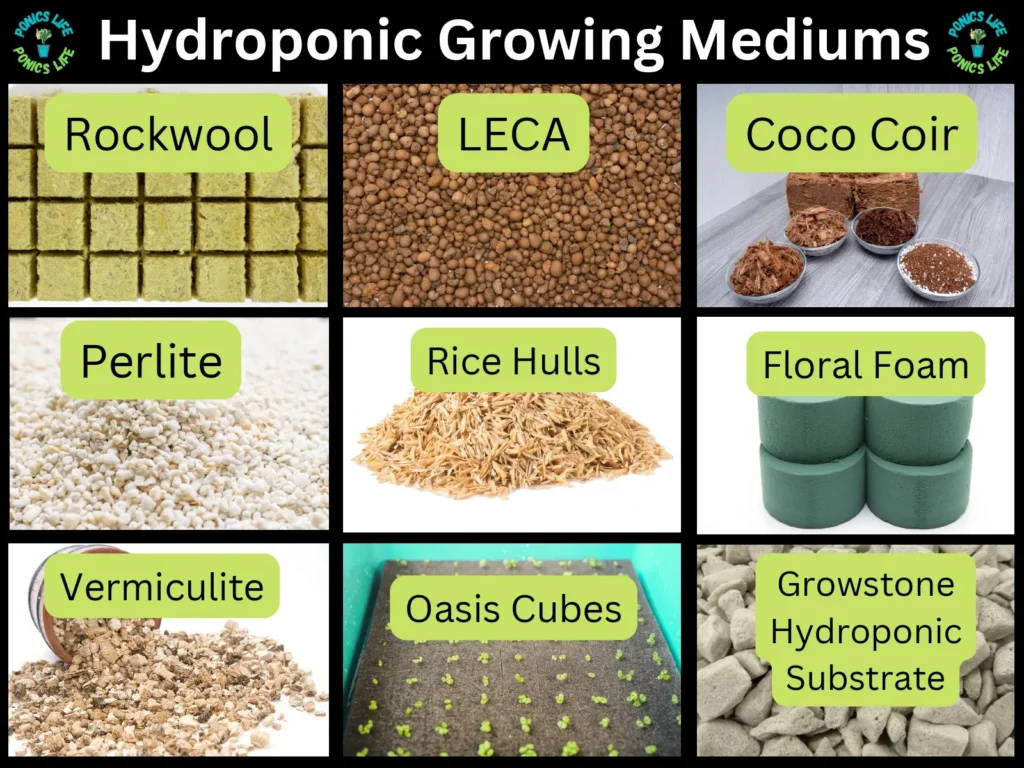
image source: ponics life
- Nutrient Solution:
Commercial hydroponic nutrients are available in markets and these solutions contain all the required essential elements and required substances which are needed by the plant during the growth. We have to just mix this nutrient solution with the water reservoir and this nutrient solution flows down from the reservoir to the hydroponic setup where all plants can absorb nutrients.
- Air Pump and Air Stone:
To oxygenate the water, when the roots are submerged in water. This little air stone is placed below the roots in the hydroponic system and it is connected to the air pump where the air is pumped to the air store and available to the plant roots. Without aeration it is difficult to plant to grow with its full potential and without aeration the growth will be stunted.
- pH Testing Kit:
To monitor and adjust the pH of the nutrient solution in the hydroponic system. When the pH and EC of any one of them goes above or lower the optimum range then it causes a negative impact on the growth of the plant as we know optimum EC and pH are required for the absorption of nutrients before the solution.
- Plants or Seeds:
Some of the plants which are suitable for hydroponics, like lettuce, herbs, tomatoes, or strawberries etc. but this is the total choice of the grower and conditions. As outdoors we cannot manage a far change in temperature and humidity so selection of the crop according to the season is preferred.
- Water Pump and Tubing:
For systems like NFT or ebb and flow pumps are required to move the nutrient solution in the hydroponics system. Reservoirs are required in which we can store the nutrient solution and water and in which the nutrient flow ends up and the rest of the nutrient solution comes back safe.
- Shade Cloth:
Optional, to protect plants from excessive sunlight as if the sunlight becomes harsh for plants it is suitable to cover the area by a shade net to lower the effect of sunlight.
all these materials and components should be known to the beginner with their function. if all these things are cleared then it is very easy to learn “How to Grow Hydroponics for Beginners”.
Choose the Hydroponic System Type:
As there are different kinds of hydroponic system and its selection is basically done according to the crop which is to be grown in the system and also the growers skills and choice. Some of the major used hydroponic systems:
- Nutrient Film Technique (NFT): Uses a thin film of nutrient solution flowing over the roots.
- Deep Water Culture (DWC): Plants are suspended in a solution with their roots submerged.
- Ebb and Flow: Nutrient solution floods the plant roots and then drains away.
Preparing the Containers:
To prepare a hydroponic container, start by selecting a clean, opaque container to prevent algae growth. Drill holes in the lid to fit net pots securely. Fill the net pots with a growing medium like perlite or clay pellets. Prepare the nutrient solution by mixing water with hydroponic nutrients and adjusting the pH to 5.5-6.5. For deep water culture (DWC), place an air stone connected to an air pump at the bottom for oxygenation. For nutrient film technique (NFT) or ebb and flow, install a water pump and tubing. Position the container in a well-lit area, insert plants, and maintain nutrient levels and pH.
Setup Water and Aeration System:
To set up the water and aeration system in hydroponics, first, place an air stone at the bottom of the container, connecting it to an air pump via tubing to ensure continuous oxygenation for the roots. For nutrient film technique (NFT) or ebb and flow systems, install a submersible water pump inside the container. Connect the pump to tubing to distribute the nutrient solution to each plant site, ensuring even flow. Set a timer for ebb and flow systems to automate watering cycles. Regularly check that the air and water pumps are functioning correctly to maintain optimal plant health.
Prepare hydroponic Nutrient Solution:
Mixing a nutrient solution in hydroponics involves precise steps. First, fill a clean container with water, ensuring it’s free from contaminants. Add hydroponic nutrients according to the manufacturer’s instructions, typically measured by volume or weight. Stir the solution thoroughly to dissolve the nutrients evenly. Use a pH testing kit to measure the solution’s acidity and adjust it to the optimal range for plant growth, typically between 5.5 and 6.5. Monitor the EC (electrical conductivity) to ensure the nutrient concentration is appropriate. Regularly check and adjust the solution’s pH and nutrient levels to maintain optimal conditions for healthy plant growth.
Planting:
Fill net pots with a growing medium like perlite or clay pellets and insert the plants, ensuring the roots have enough space to grow. Place the net pots securely in the pre-drilled holes in the container lid or system. Ensure the roots are in contact with the nutrient solution or misted by it. Monitor the plants regularly, adjusting their position if necessary to promote even growth. Planting is also be considered a important step in “How to Grow Hydroponics for Beginners”.
Maintaining the System in Outdoor:
- Regularly check the water level and add more nutrient solution as needed.
- Monitor and adjust the pH of the solution.
- Ensure the air pump (for DWC) or water pump (for NFT or Ebb and Flow) operates continuously and correctly.
Conclusion:
As we discuss all the things which come under the way of starting hydroponics for a beginner and all the things are cleared step by step. This venture comes with lots of pros when used under guidance and knowledge but it may come with some cons if not managed properly so the grower should be aware of these things before going for hydroponics. As we discuss all the aspects and it is easy to learn “How to Grow Hydroponics for Beginners” if all the aspects should be followed carefully.
Join Our Hydroponics Growers Group!
Connect with fellow hydroponics enthusiasts, share your ideas, ask questions, and grow together as a community.
👉 Join WhatsApp Group
